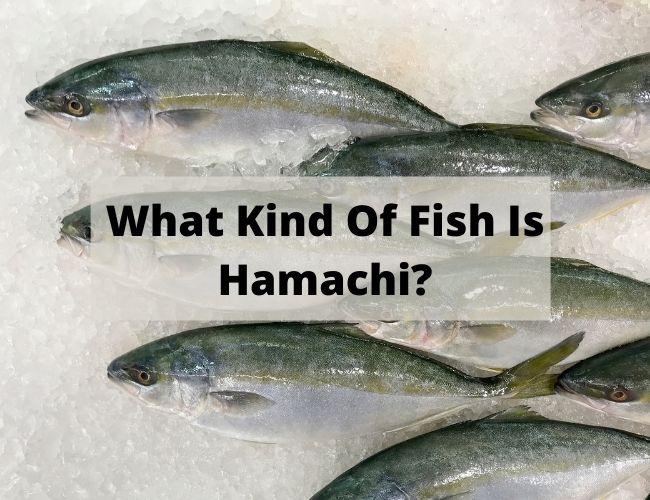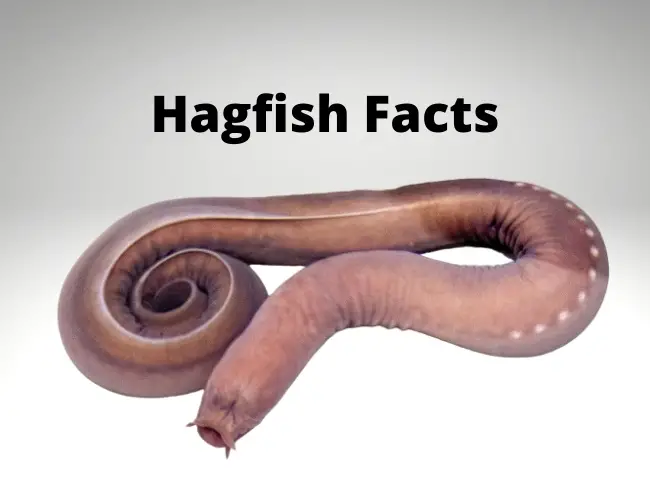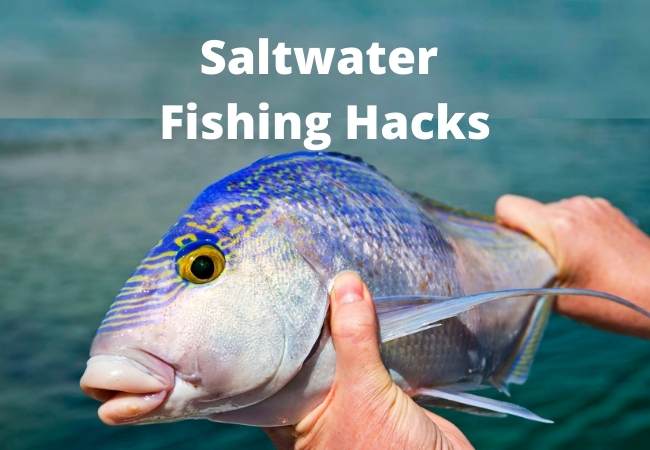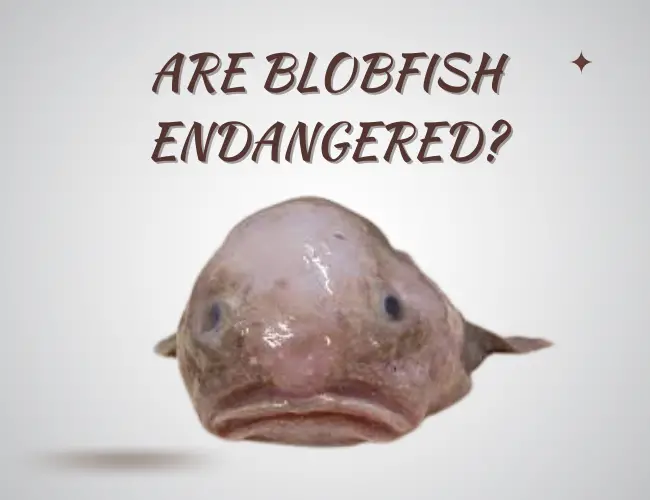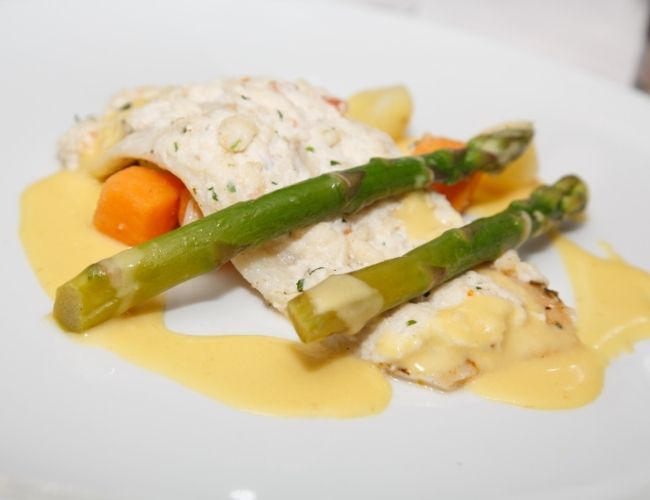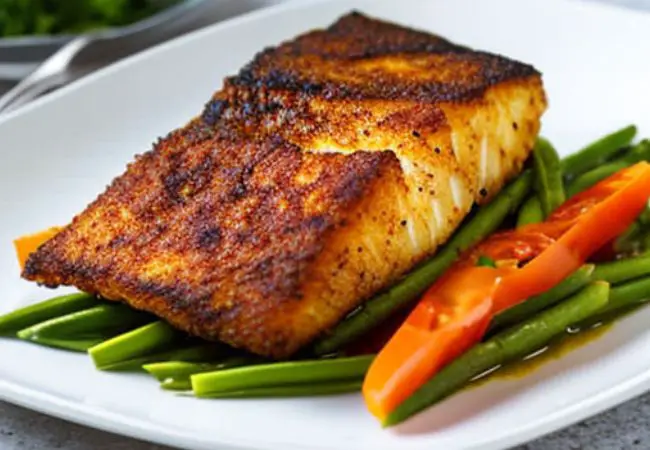Ever wondered what kind of fish is Hamachi, here are the facts. Hamachi is a yellowtail, also called Japanese amberjack. This fish is distinguished by its bright yellow color and elongated shape.
Hamachi Fish Facts
The fish itself has a broad head, large eyes on the sides of its skull, an upper jaw that extends beyond its lower. It is mostly teal in color.
This is the only fish in the Scombridae family with both upper and lower teeth, which are used to tear apart its prey after they have been swallowed.
The yellowtail has a tendency towards being leaner than most other types of tuna. Most species of yellowtail can be eaten raw since they have a lower level of mercury, but they can also be cooked.
In Japan, most fish are classified as either bluefin tuna or yellowtail, meaning that the most prized specimens are between 12 and 36 months old.
What Does Hamachi Fish Taste Like?
The flavor of Hamachi is delicate, with a firm texture and a sweetish taste. The meat turns from a light pink into white and has fine grains.
Although there are many ways of eating yellowtail, one way it is served is as sashimi with grated ginger and soy sauce. Yellowtail can also be served whole as well.
When raw, Hamachi has a cleaner flavor than other fish in the tuna family. The meat is firm with fine grains, and the flavor is delicate with a sweetish taste.
How Do You Prepare Yellow Tail For Sushi?
In Japan, it is commonly known as “yellowtail.” It comes from the Scombridae family of fish. There are many kinds of sashimi made from Hamachi in Japan such as chu-toro, Sashi-toro, chu-suji, and kama toro.
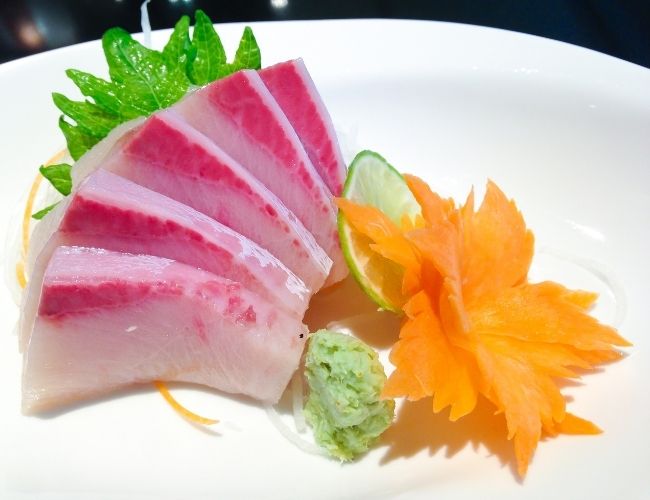
In Japan, it is served with grated ginger and soy sauce or ponzu for dipping. It can also be cooked by lightly grilling it over charcoal.
How Do You Clean Yellow Tail Fish?
To prepare fresh Hamachi at home, the first step is to wash it under running water while scrubbing with your hands to remove any scales that are still on the skin side of the fish.
Next, use a sharp knife to cut away the fins and tail. Trim away any bloodlines as well as the small strip of dark meat at the base of the tail as these parts are not considered tasty.
Is Hamachi A Tuna
Yellowtail is a type of mackerel. While both are from the Scombridae family, yellowtail actually belongs to a different genus than tuna. In fact, it belongs in its own genus entirely: Seriola. It has been described as “the very best eating of all tunas.”
Is Hamachi Fillet Good Fish
Hamachi is the fourth most popular sushi in Japan, after tuna (maguro), salmon (sake), and snapper (iwashi).
Hamachi is one of the main ingredients used in sashimi. The tender fillets are sliced into thin pieces about 1 centimeter thick, which are dipped in soy sauce and served.
The Yellowtail belly also called the Hamachi belly is very good for cooking, It can be pan-fried, grilled, or poached.
Hamachi Fish Storage and Shelf life
The quality of Hamachi deteriorates quickly when frozen due to its high-fat content. Because this fish comes in many different sizes, it is recommended to have the fish cut by a professional.
If you are wondering how long will sushi-grade yellowtail last in the fridge? If you are planning to eat Hamachi within 2-3 days, it can be stored at home for that time period if placed into the refrigerator on ice.
If prepping more Hamachi than what you can eat right away, then it is best to freeze the fish and then defrost it when ready to eat.
Interesting Posts:
Conclusion
Hamachi is loved by many people, especially in Asian countries. Its flavor when raw makes it a great preference for people who cook and serve raw fish dishes.
If you love sushi, you should try Hamachi sushi in the nearest available restaurant. We assure your satisfaction and happiness in tasting sushi and yellowtail sashimi.
Hamachi is a very tasty fish, but its cost can be prohibitive for some people who may only buy it from time to time. Yellowtail is known as buri in Japanese, or Hamachi overseas depending on the region.
I hope this post on what kind of fish is Hamachi is helpful. If you love knowing more about fish and fish recipes follow me on Fishbasics Pinterest.

